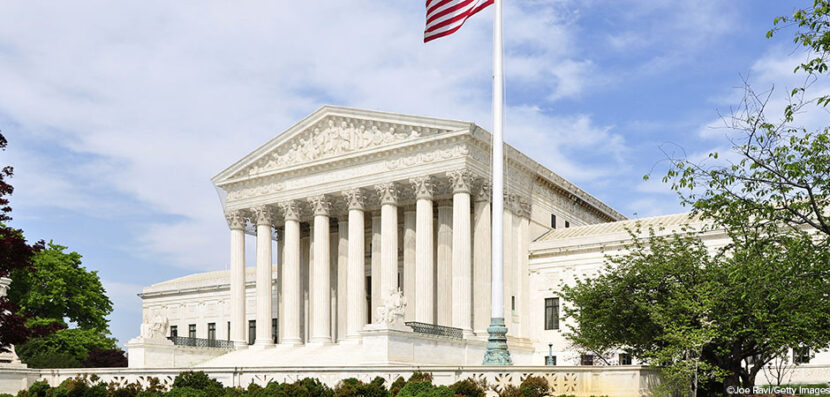- Current Events Nebraska Rejects Winner-Take-All Proposal
- Citizenship Voting Under Age 18
- Citizenship Citizenship in Action
- Democratic Party Biden’s and Trump’s Recent Primary Results
- Elections Trump and Biden Win South Carolina and Michigan Primaries
- Democratic Party Trump and Biden Win Big in Early February Contests

Supreme Court to Rule on School Choice
If a student wishes to attend a private parochial (religious) school rather than his or her public school, who should pay for it: the student’s family, or the taxpayers? That question is at the heart of a case that has made it all the way to the Supreme Court this week. How the Court rules on it is likely to make a big impact on education funding all across the country.
What’s Happening?
The U.S. Constitution calls for a separation of church and state. That’s why many people feel that public tax dollars shouldn’t be used to help fund private, religious education. The state of Montana (along with 37 others) has a provision in its state constitution saying that public tax dollars can’t be used to help fund religious institutions, either directly or indirectly. This is referred to as a “no aid” provision.
However, in 2015, the Montana Legislature passed a law giving a dollar-for-dollar tax credit to anyone who provided a scholarship to a child attending private school.
So, for example, if a company provided a $500 private school scholarship, they would get to pay $500 less in taxes that year. The problem is that in Montana, 70 percent of private schools are also connected with religious institutions. This means that the scholarship law was using tax dollars to indirectly fund religious institutions–which goes against the Montana state constitution. So the Montana Supreme Court struck down the law.
But a group of citizens wants to bring it back, and they have the support of the Trump administration and Education Secretary Betsy DeVos to do so.
The Case For the Credit
Parents who are in favor of reinstating the tax credit argue that they should be able to send their child to any school they wish, parochial or not. They believe that they shouldn’t have to pay taxes to a public school district that they aren’t going to use, and that it’s fair to re-route those dollars to a school of their choice, even if it’s religious.
Some see eliminating the tax credit as a form of religious discrimination. They argue that the “separation of church and state” originated from a histric fear of Catholicism and Catholic immigrants. If that’s the case, they argue, then taking away the tax credit goes against the U.S. Constitution, which protects their religious freedom.
The Case For “No Aid”
The state of Montana, however, defends its constitution. The entire thing was rewritten in 1972, and at the time, the “no aid” to religious institutions provision was discussed at length by delegates. The 1972 version passed by a vote of 80 to 17. All but one of the delegates who are still alive have submitted testimony to the Supreme Court in support of the “no aid” provision. Their argument states that this is not a provision born out of the religious fears of the past, but a careful decision made in modern times to preserve and protect the separation of church and state. In fact, in their opinion, the “no aid” provision actually protects religious freedom, by keeping the state from being able to fund one church or religion over another.
The Supreme Court is expected to hear the case on Wednesday.
What Do You Think? In your opinion, should the Montana dollar-for-dollar scholarship tax credit be reinstated? Why or why not?


